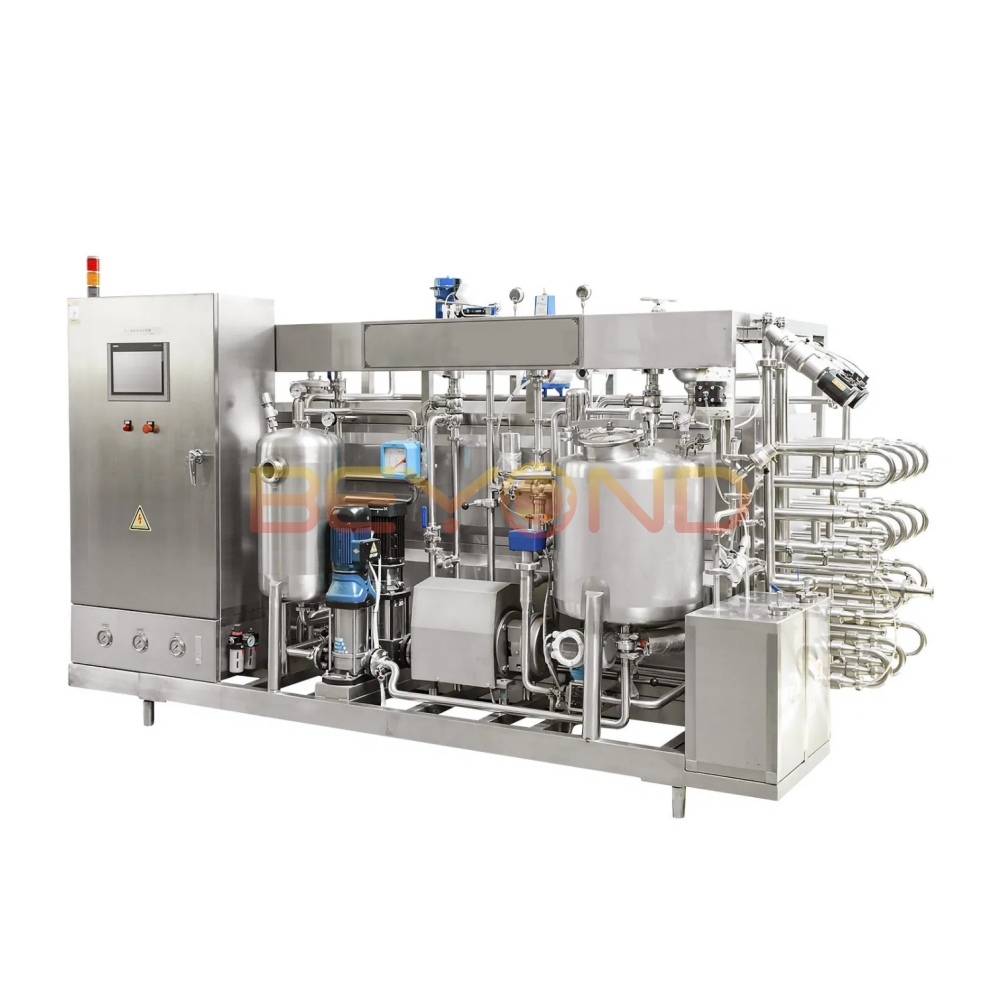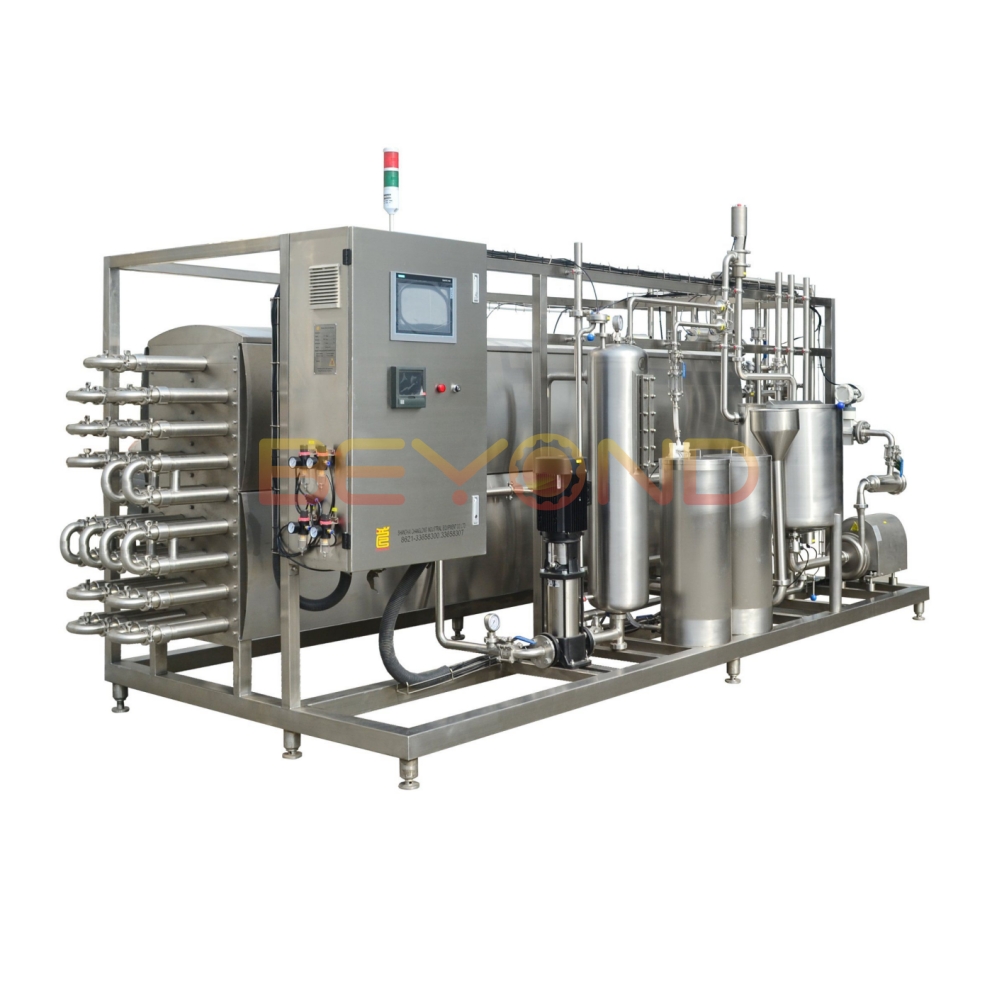Beverage manufacturers struggle with ensuring product safety, maintaining shelf life, but not sacrificing taste or nutrition. Pasteurization is the answer to all three of these, but most people don’t understand how it works and what it applies to.
What Is Pasteurization?

Pasteurization is a heat treatment that kills harmful bacteria and extends the shelf life of food and beverages, especially liquids such as milk, juice, and beer. To pasteurize, you heat the product to a particular temperature for a specified amount of time, and then cool it quickly to stop the growth of microbials while maintaining the quality of the product.
How Does Pasteurization Work?
1.Heating: The liquid is heated to an exact temperature (between 60°C and 85°C, depending on the product) for an exact time.
2.Holding: The product is held at this temperature long enough to kill pathogenic microorganisms (like Salmonella, Listeria, and E. coli).
3.Cooling: The liquid is cooled quickly to prevent the growth of any microbial and to maintain the quality.
Types of Pasteurization in the Beverage Industry
Low-Temperature, Long-Time Treatment (LTLT)
•Temperature: 63°C (145°F)
•Time: 30 minutes
•Used for: Dairy products like traditional milk
High-Temperature, Short-Time Treatment (HTST) (Flash Pasteurization)
•Temperature: 72°C (161°F)
•Time: 15 seconds
•Used for: Most commercial milk, fruit juices, tea-based beverages

Ultra-High Temperature Treatment (UHT)
•Temperature: 135°C (275°F)
•Time: 2-5 seconds
•Used for: Shelf-stable milk, long-life juices, some alcoholic beverages

How Does Pasteurization Affect the Quality of Beverages?
In general, pasteurization kills the bad microbes, and it may marginally change the taste or some of the nutrition of the product. However, with advancements in technology, manufacturers have learned how to adjust temperature and time better to minimize the effects of quality. If not done correctly, pasteurization can impact both safety and quality.
Comparing Pasteurization to Other Methods of Sterilization
Pasteurization vs. Sterilization
Sterilization, which kills all the microorganisms (even good ones), affects the taste and nutritional value. Pasteurization focuses primarily on not allowing the bad microbes to grow while not affecting the important attributes of the beverage.
Pasteurization vs. Aseptic Cold Filling
In aseptic cold filling, the packaging is sterilized, then filled and sealed in a sterile environment. Although this prevents damage from heat, it requires much more complicated and expensive production equipment than pasteurization because it requires special equipment and more processing steps.
Benefits of Pasteurization
✔ Kills harmful bacteria
✔ Extends shelf life
✔ Preserves nutritional value
✔ Prevents spoilage
Although not a complete sterilization, it significantly reduces the microbial load. Many pasteurized products require refrigeration.
The Future of Pasteurization in Beverages
Innovations in pasteurization technology are occurring, including new advances in heat exchangers and non-thermal technology (such as High-Pressure Processing, HPP) to improve efficiency while retaining beverage quality. The focus is on developing smarter, more efficient, and environmentally friendly methods to make beverages safer and tastier.
Conclusion
Pasteurization is an essential part of making beverages safe and retaining quality. It strikes a balance between killing microbes and keeping the taste and nutrition of beverages. As technology advances, new ways to pasteurize beverages are emerging that will continue to improve efficiency while maintaining the characteristics of beverages.


